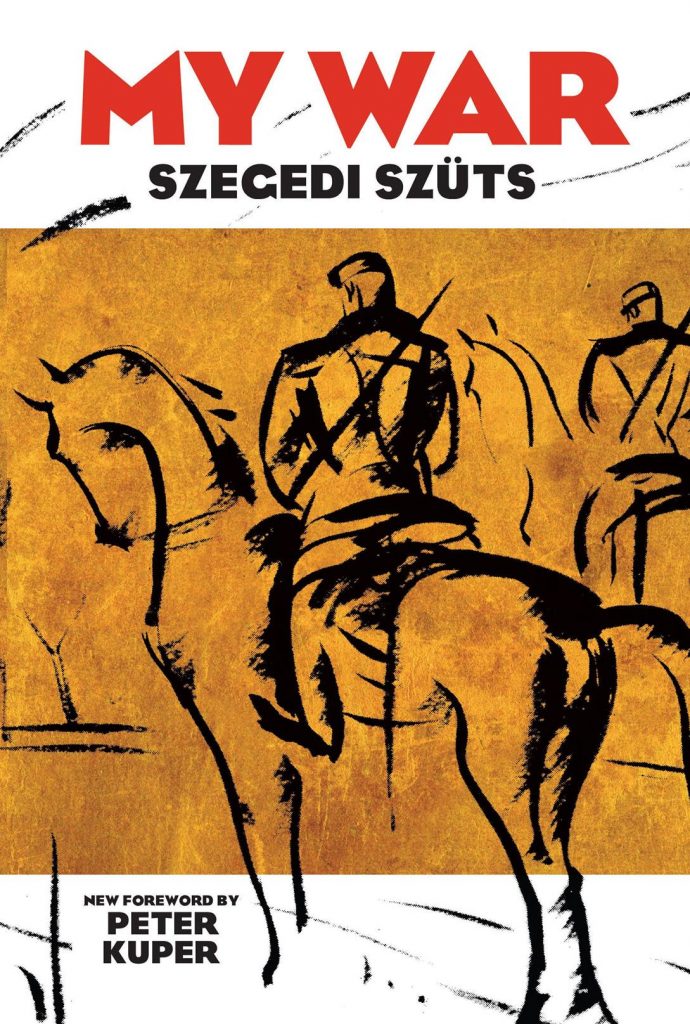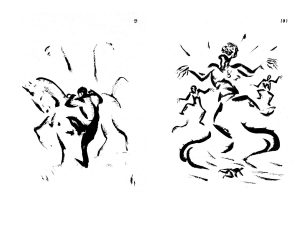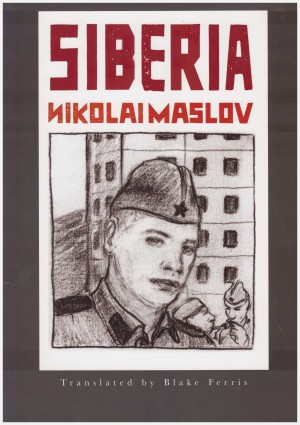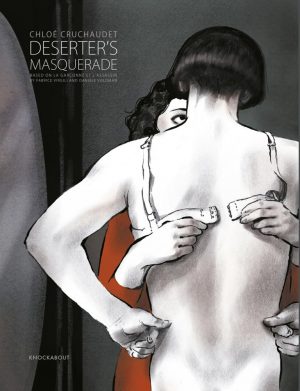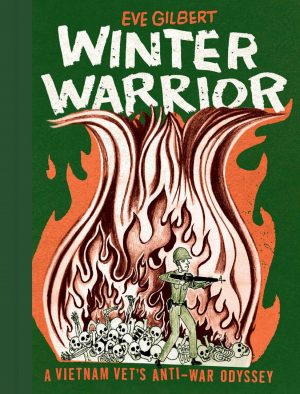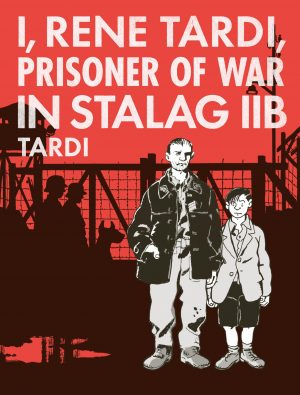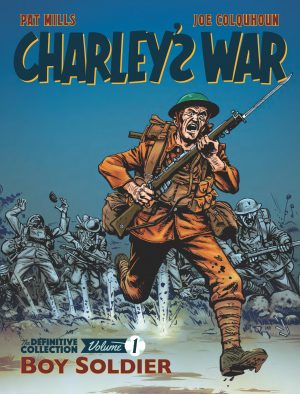Review by Ian Keogh
My War is further proof of graphic novels extending far further back than the coining of the term in the 1970s. It’s a reissue of book originally published in 1931, after Szegedi Szüts had exhibited his 206 titled drawings in London two years previously. Although printed one to a page and without dialogue, there’s a sequence to My War, beginning with the happy youth Istvan waking up in pre-war times, continuing with his conscription, and then the horrors of battle.
A fine art composition characterises the illustrations, which dance through formal classifications of style, but are largely sparse and impressionistic, some so abstracted that their meaning isn’t apparent without consulting the titles. What, for instance, is the significance of two storks facing each other, their beaks crossing? Apparently they represent Spring. The general thrust of the narrative, though, is simple, powerful and easily followed, an idyllic farming life interrupted by an upswell of patriotism, soldiers cheered by large crowds. However, the contrasting terror of the battlefield soon brings a dose of reality, and battlefields aren’t confined areas. Despite being sketches, there’s life and meaning to be found, the passing of time carefully and cleverly noted, and sophisticated techniques such as a wounded soldier reading a letter in his hospital bed and the subsequent pages detailing what’s happened at home. It’s no comfort, and exemplifies the great emotional depth covering not just violent feelings, which are actually minimised until the end, but the twin curses of guilt and regret. An increasing creative symbolism is evident as My War continues, as is the convergence of consequence and reality. What at first seems just a bunch of well composed, but sometimes very rough, dashed-off sketches gradually embed themselves in the viewer and create an indelible statement.
There’s much to speculate about, not least whether the titles applied to the drawings were originally supplied as a list, as here, or more definitively connected with the individual drawings. That they’re numbered indicates the sequence, but do the numbers additionally require reference to the list? And why is Szegedi Szüts just referred to by what was actually a hyphenated surname? Born in Hungary, István Szegedi-Szüts spent most of his adult life in England, but did serve with the Hungarian forces during World War I in his twenties, his experiences informing the drawing. In his foreword Peter Kuper recommends first absorbing the illustrations without reference to the titles, which allows a personal interpretation, but the journey from pride to bitter regret is apparent either way. A second reading matching the titles confirms the narrative. Kuper also notes the poetry of those titles, telling an independent story.
An interesting insight is provided by R.H. Mottram’s original 1931 introduction being reproduced along with some contemporary reviews of the original exhibition. Mottram was already a well-respected novelist and poet, and his is the view of someone able to remember the horrors of World War I, and so provide a contemporary appreciation and perspective.
The one frustration is that My War consists of 206 illustrations, yet only 200 titles are provided. It leads to some speculation as to where the gaps may be, and the meaning of a couple of pictures lacking a title. Otherwise a phenomenal intensity is present throughout. While it’s not entirely autobiographical, there was surely some purging on the part of Szegedi-Szüts, and despite featuring horse cavalry there’s a relevance of profoundly moving feeling anyone can identify with.
